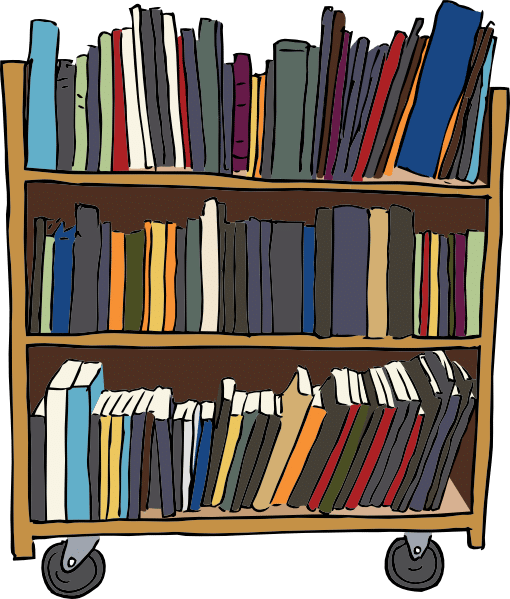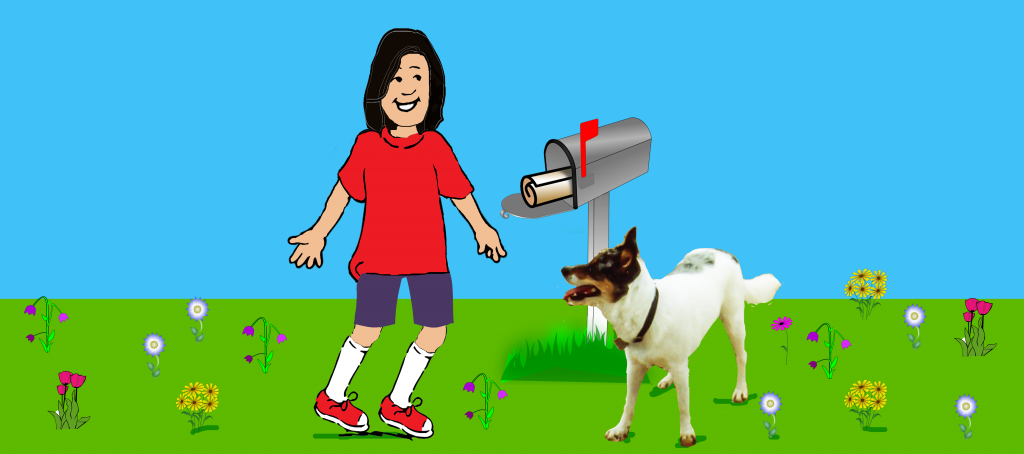
If you wanted your child to learn to play piano, you would not hand them the sheet music for Etudes-tableaux, Op. 39: No. 1 in C Minor, Allegro agitato and tell them, “Here, play this.” You would start by going to preschool music groups where they would clap to the beat of simple songs and twirl with scarves to happy music. As they got older, you’d show them how to place their fingers on a piano’s keyboard. You would give them simple songs with only two or three notes. Then you’d build up to Chopsticks and Twinkle, Twinkle, Little Star. With time and practice you would have them play more and more complicated songs. From the very beginning you would immerse them in music by playing music in the car or while cleaning the house. You might have picnics at Music Under the Stars by the local pops orchestra or city symphony. You might even start singing while walking down the frozen foods aisle at the grocery store.
There are some kids who could sit at a piano and play Fur Elise without much difficulty, but those children are the exception. Most kids just don’t learn that way.
Reading is the same. Some kids will do well if you simply read to them. It seems as if by osmosis they learn to read. However, most kids are not like that. They learn best when they start playing games to learn about rhymes, letter sounds, syllables, and words. Then they are taught a few letters and sounds and helped to sound-out short words using these combinations. As they learn the connections between speech sounds and print, they are ready for books with words that have those letters and those sounds.
Decodable books are books that follow the rules. They can be sounded-out by anyone who has been taught the sounds and letters that are used in that book. Systematic, sequential decodable books are a series of books that add a few more sound-letter correspondences in each subsequent book, or group of books, of that series.
Of course, kids need to be immersed in books from the time they are infants. They need parents who read language-rich books with interesting characters that take them on amazing adventures. Children need library story time and books filled with pictures where they can imagine the stories even before they can read the words. Many kids love audio books that have paper books where they can follow along with the words as they listen to the book.
In time, children will no longer need to read decodable books. They will have gained the skills to read books that do not attempt to control spelling patterns. They will simply read what is in front of them and have the skills to master new words. And that is the goal of decodable books: to help new readers and children with dyslexia master printed words and become fluent readers. They are a tool for learning to read that will eventually become a fond memory.
Different individuals learn at different rates. This article discusses the author’s experience with students and how long each group of kids seemed to need decodable books. Some only needed them in the very earliest phases of learning to read, others needed them for extended periods of time.
Click this link and scroll down to see DOG ON A LOG Books listed by Step.
Click Here To Download “Why Decodable Books?”
You may distribute “Why Decodable Books?” as written with attributions included. You may not charge except for nominal printing costs.


